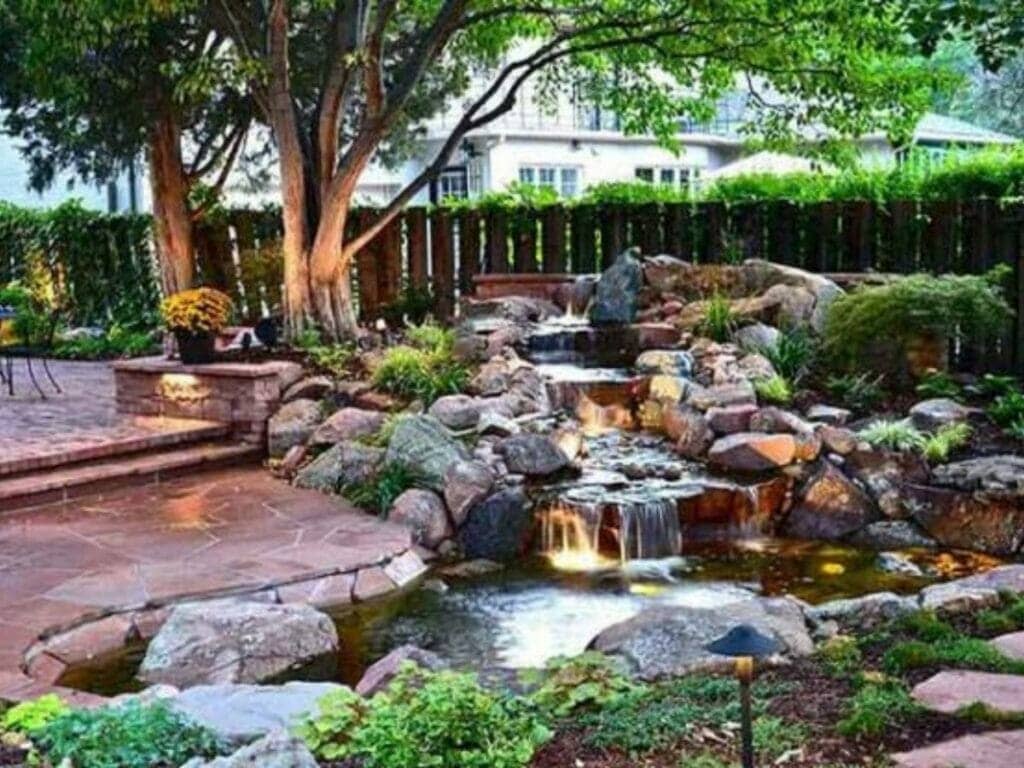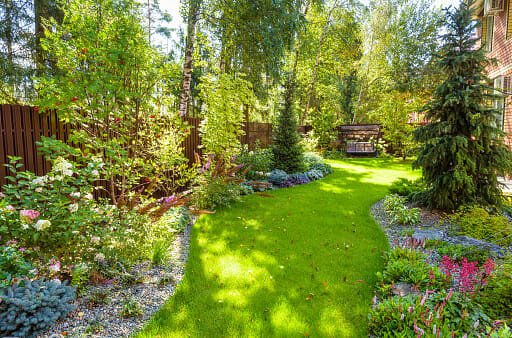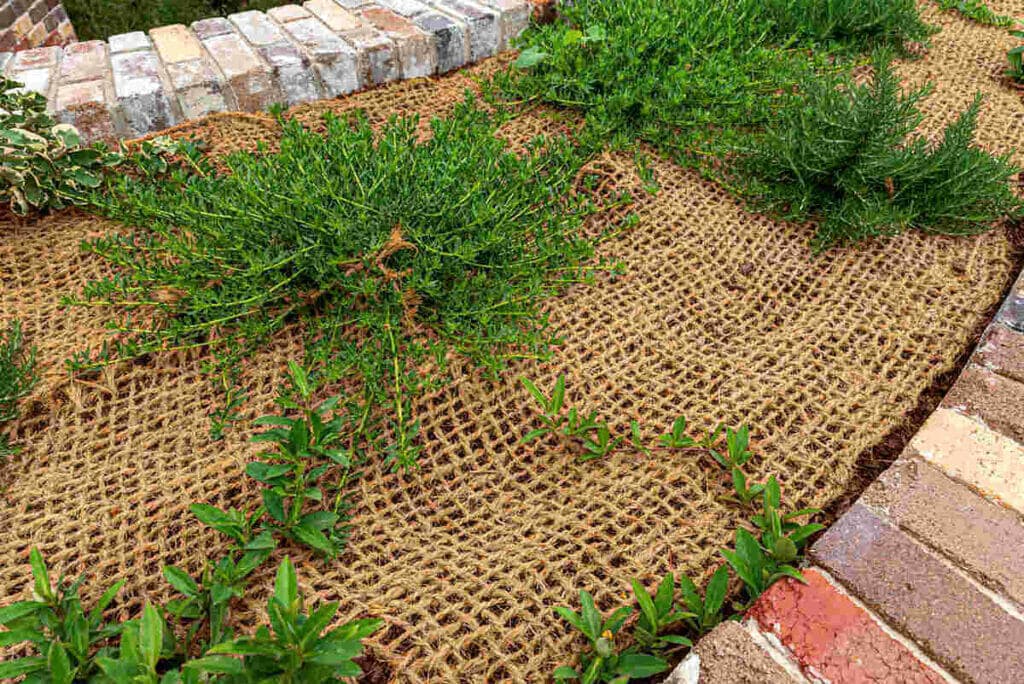If you’re planning to landscape your property, there are several things that you should take into consideration to get it looking good. The first thing that you should do is consider what kind of plants will flourish in your landscape. Decide if you want to remove some plants or move them to another part of the property. It’s also important to choose plants that are resource efficient, which means that they’ll require less water, fertilizers, and pesticides. If possible, you should also incorporate a rainwater catchment system. It’s not only a resource-efficient landscaping practice, but it’s also an aesthetic one.
Landscape Design Ideas for Real Life
When designing landscapes, it is important to have a guiding idea in mind. This idea can be an approach, a concept, or even a theme. It should reflect the personality of the homeowner and the environment in which they live. For example, a home with naturalistic aesthetics might incorporate dogwood and azaleas, while a more formal home would use symmetrical patterns and clipped boxwood hedges. Similarly, a home with colonial or Spanish architecture would be better complemented by old-fashioned plants and junipers.
Themes should be used to create unity and visual coherence. This is accomplished by using a color combination as the overall theme. Other themes can also be used to create an overall feeling of unity. For example, if you want a landscape to look more symmetrical, use red plants.
Geometry plays a significant role in our daily lives and in designing landscapes. It shapes our cities and neighborhoods and can help us understand our surroundings more fully. When designing landscapes, it is essential to understand how to use space efficiently. Using space-management principles, you can organize your outdoor spaces into garden rooms, focal points, and pathways. You can also incorporate patterns and geometric design elements into your plans.
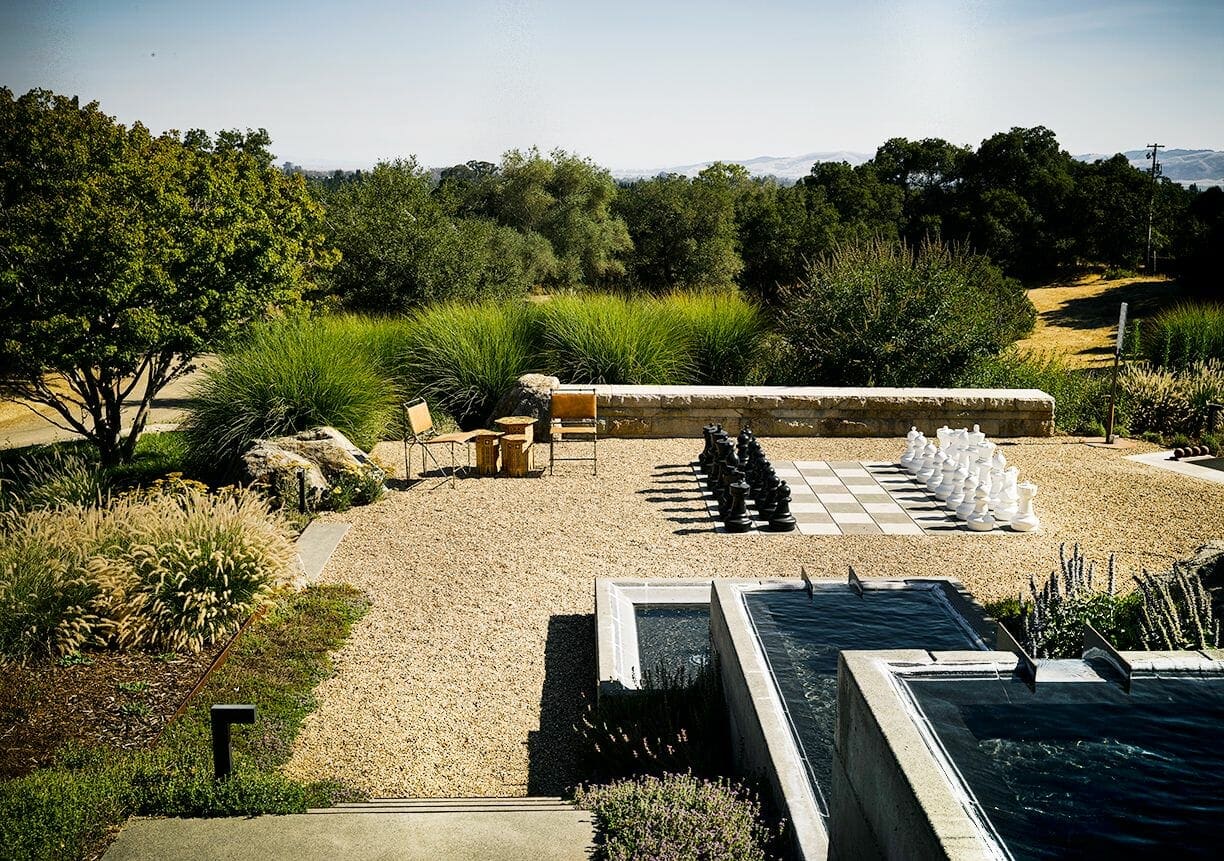
Find a Vertical Point
Finding a vertical point can help you create an illusion of height and space in a landscape design. You can add a vertical point to a flowerbed, tree, or structure to draw the eye upwards. Vertical lines can also be used to make smaller spaces seem more expansive, while horizontal lines can tie together the entire landscape design. Lines can also be used to convey an emotion, so it’s important to think about them when shaping beds and choosing hardscape elements.
Let It Flow
A good landscape design process begins with taking an inventory of your site. Then you can determine what your needs are and create a functional diagram. From there, you can draw a conceptual design plan and finally a final plan. These steps will help you determine the overall aesthetic, functional, and horticultural requirements of your landscape design. You can then apply those requirements to your landscape design plan. Once you have an idea of the overall look and feel of your landscape, you can begin to implement the ideas.
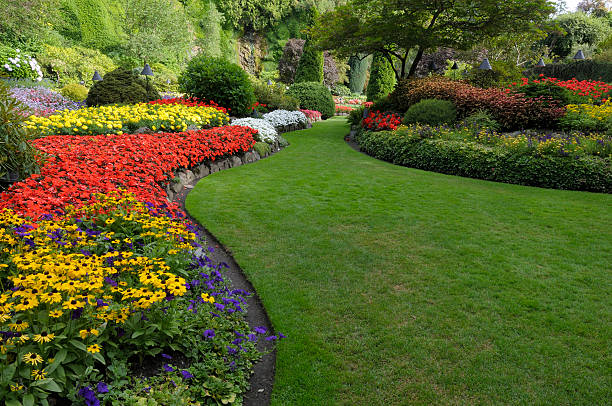
Utilize Differences in Texture
Using a variety of textures in your landscape design can give your yard a unique feel. If you are planning to add a formal garden to your home, for example, you can pair bold foliage with fine foliage to create a visually stunning texture. The same is true if you plan to mix graphic plants with amorphous plants. The key is not to make your space look chaotic; it is important to repeat a few different textures throughout the space to create a cohesive look.
Texture refers to the overall surface of a plant, or the surface of a leaf or branch. Different textures will create different feelings of scale and distance, making the landscape more interesting. Texture is also important because it may be one of the factors that draw people to a plant. The texture will depend on the size of the leaves and the overall branching pattern of the plant, and will ultimately affect how people view the plant.
Contrast and repetition are essential in landscape design, but in too large amounts, they can become monotonous and confusing. Use the right amount of each to keep the landscape design visually interesting, and keep proportions in mind.
Work the Walk
When students work the Walk, they focus on tracing a boundary line where two conditions meet. For example, a tree’s shadow creates a boundary line on the ground. This practice of cultivated intimacy allows students to engage with the landscape over time. It also helps them develop a relationship with the landscape and encourages them to become stewards of it.
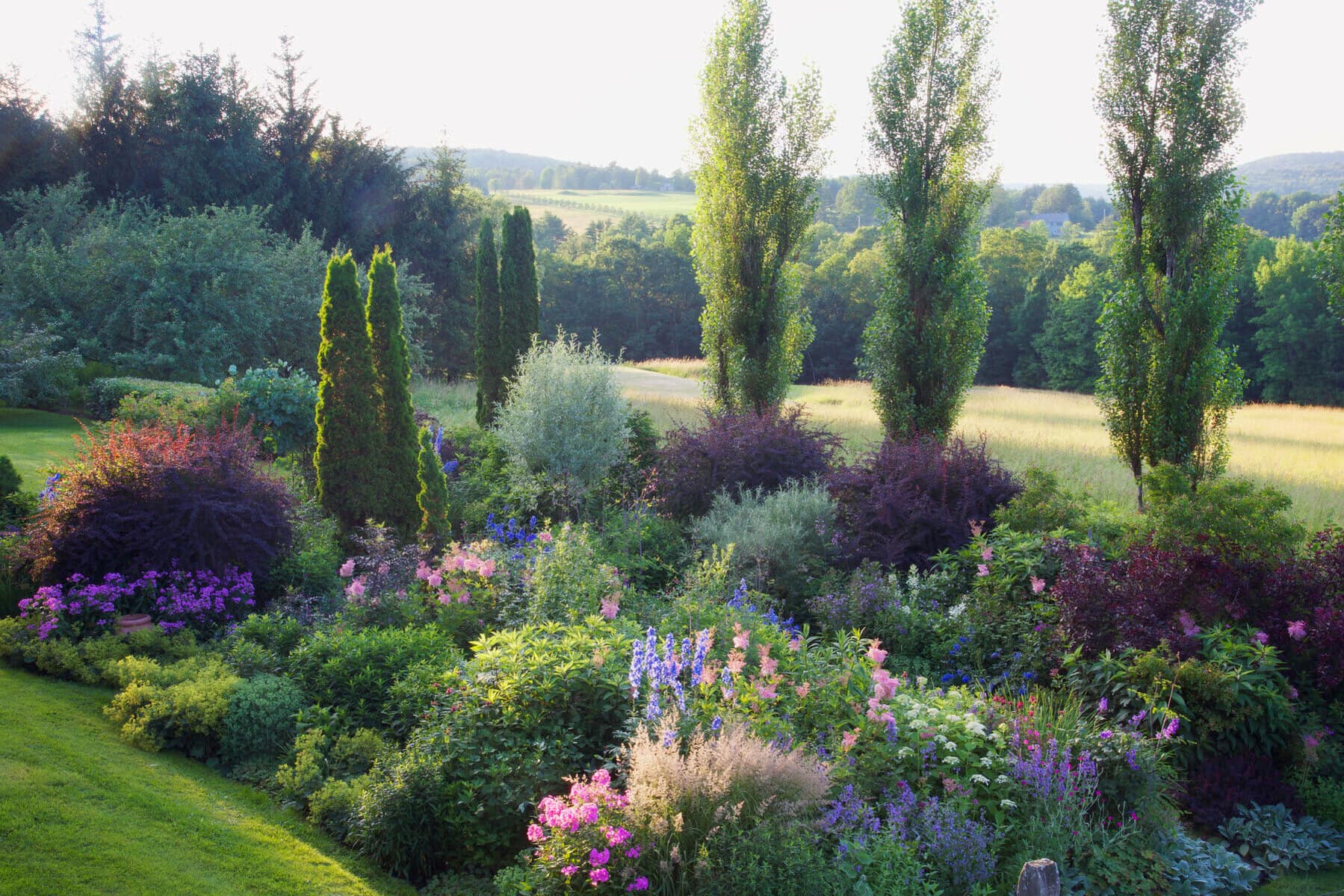
Mixed Plant Shapes
When planning a landscape design, it is helpful to mix different shapes of plants. This keeps the eye moving through the garden. But be careful to avoid too much contrast, as it can make the garden seem confusing and disjointed. Repeating shapes within the same garden area can create a sense of unity. For example, simple flower shapes can bring unity to a wild color combination.
Another way to bring unity to your landscape design is to mix shapes of plants. You can achieve this through repetition, using symmetrical and asymmetrical balance. This way, your design will look more harmonious to onlookers. You can also use the same color or different shades of green in the same design.
When mixing shapes and colors in your landscape, be sure to consider the seasonal changes of the plants. This way, the colors of one plant will not clash with another plant. For example, a purple plant next to a yellow fall flowering plant would be an unfortunate mistake.
See Easy Landscape Design Ideas
The best landscape design ideas are often the simplest ones. For example, a patio with a pergola or paved walkway is a wonderful idea. You can turn the patio into a comfortable seating area by placing a small outdoor fireplace. You can also lay stones on the lawn to create a durable walkway. If you like to grow climbing plants, a wooden pergola with support poles will look great over the space.
The key to a gorgeous landscape design is to use plants that are native to your area. Not only will this make your yard more attractive, but it will also ensure that it thrives in that climate. Taking the time to study the flora and fauna of your area can also help you decide on a color scheme and general theme. To get started, make a list of the elements you’d like to incorporate. Next, make a plan and think about how you want to layout your space. It’s also helpful to read about landscape design principles before you begin.
Landscape design software is a great tool to use to make your outdoor space look amazing. You can use SketchUp Free or a similar program to design your yard. Both apps will let you take photos of your home and import different kinds of image files for your garden.

